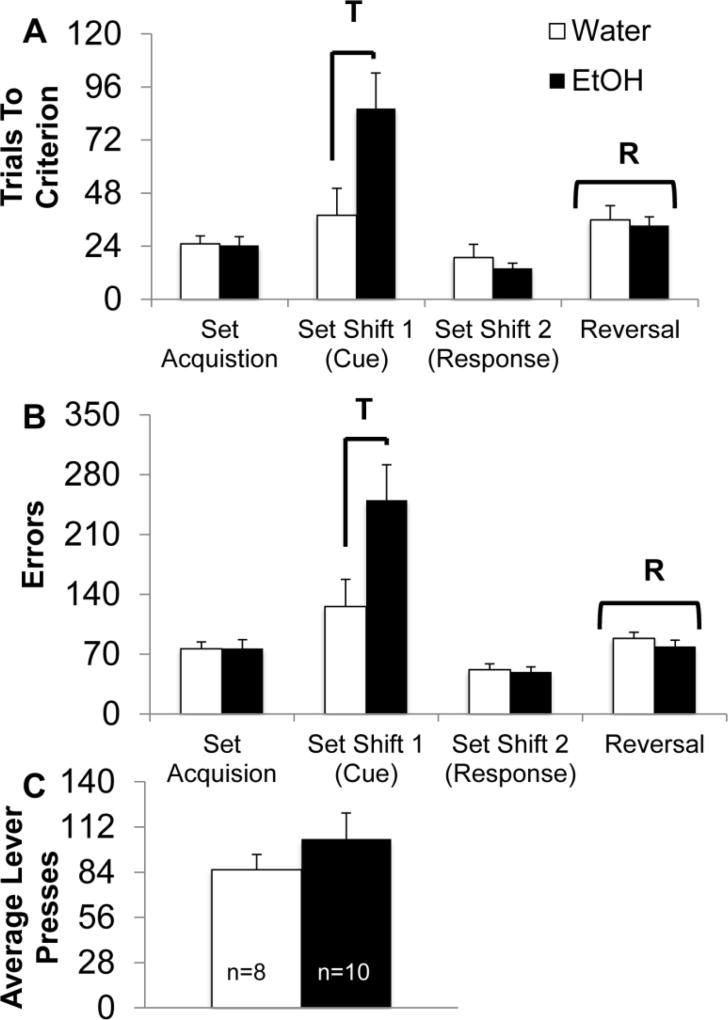Fig. 6. AIE leads to an impairment in attentional set shifting.
(A) Average trials required to reach criterion (10 consecutive presses on the rewarded lever) during operant discriminations. AIE led to a significant increase in the number of trials required to reach criterion on the first set shift (response to cued discrimination; T; p<0.05). AIE did not affect rule learning, additional set shifts or a response reversal. All rats required significantly more trials to reach criterion after the response reversal (R; p<0.05). (B) Average errors (responding to the non- rewarded lever) committed during operant set shifting. AIE led to a significant increase in errors following the first set shift (response to cued discrimination; T; p<0.05). AIE did not affect rule learning, additional set shifts or a response reversal. All rats committed significantly more errors following the response reversal (R; p<0.05). (C) Average lever presses during operant set shifting. There were no significant group differences in lever pressing activity.

